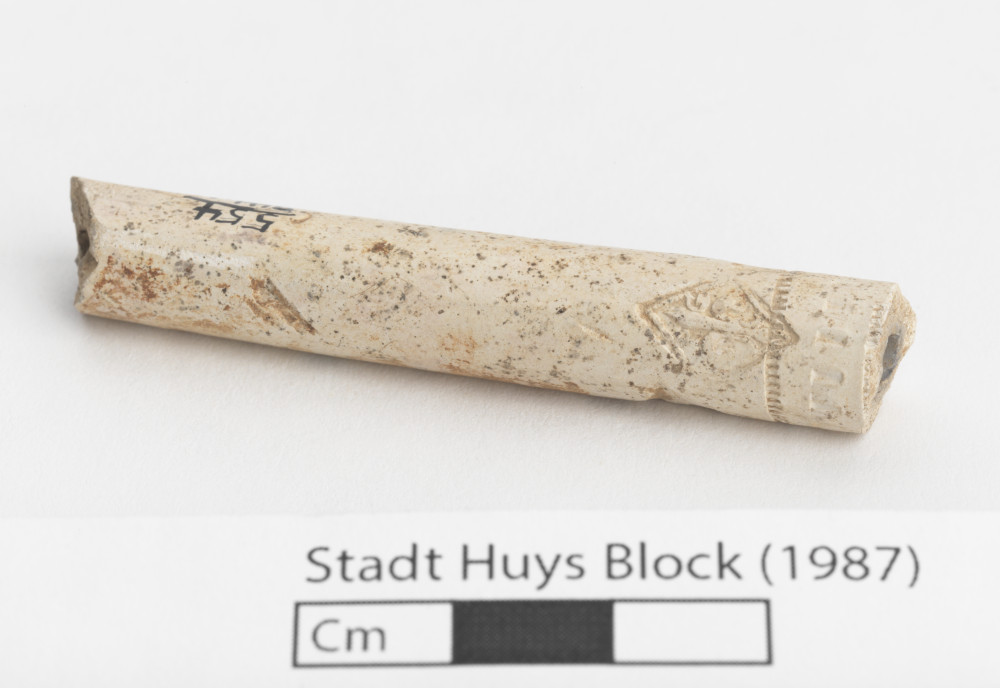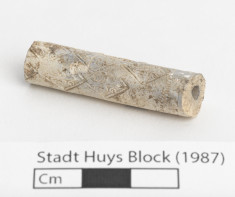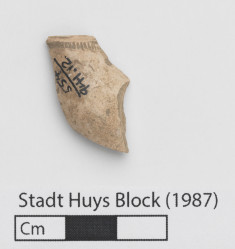Introduction: Lots 8, 9, and 15 are modern designations for adjacent parcels of land that were owned together and used as a single property until the early 1830's. Excavations produced important discoveries like that of the Colonial-era Lovelace Tavern, proving that significant archaeological resources could still exist in urban spaces. Project archaeologists were able to lobby for increased time and funds to continue their work on the strength of these finds, leading to additional discoveries. In all, the project provided considerable information about the history of New York City and its inhabitants from the 17th to the 20th centuries.
Rationale: Project archaeologists continued to test the backyard area of Lot 9, placing Test Cut AR to the west of Test Cut AO. Important archaeological features were discovered in this test cut, including a late-18th- to mid-19th-century privy. Privies were essential structures for New York City residents before the introduction of utilities like water, sewers, and indoor plumbing in the mid- to late-19th century. In all, Test Cut AR is an important resource for understanding the history and development of Lot 9.
Results: This sloped stratum is part of the original 17th-century ground surface. After consulting historic maps and based on the topography of the original ground surface, project archaeologists determined that the backyard of Lot 9 may have been in the vicinity of the Stadt Huys. The original surface was subsequently covered by various fills in the late-17th or early-18th century, possibly to make the area level before building the Lovelace Tavern.
Lot 9, Test Cut AR, Stratum VIII, Level A
-
Collection method
Shovel, Trowel, Screen (1/4-inch mesh). Natural Level.
-
Soil description
Medium to Dark Brown Clayey Silt - Ground Surface
-
Munsell
10YR 4/2, 10YR 5/6








